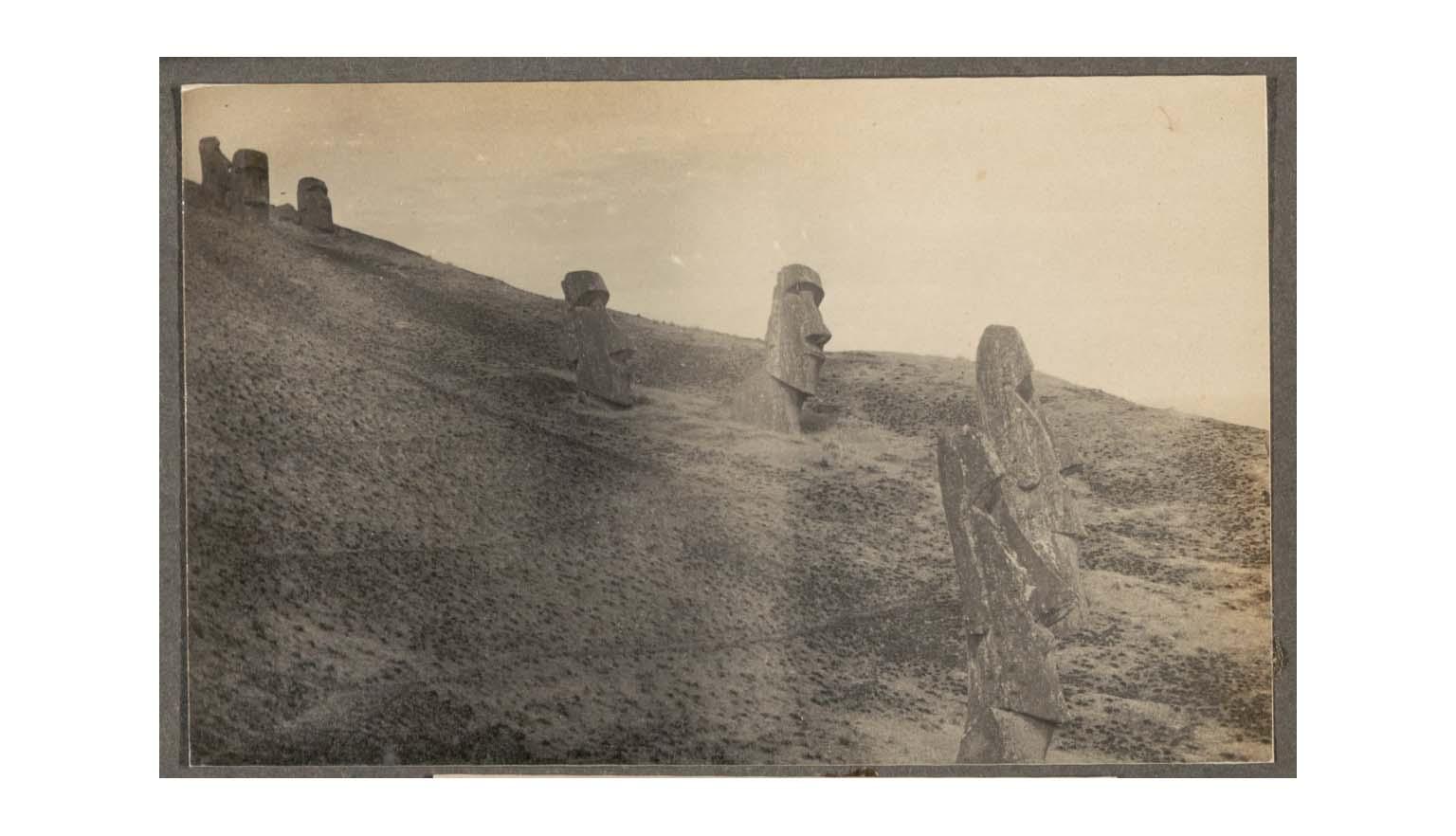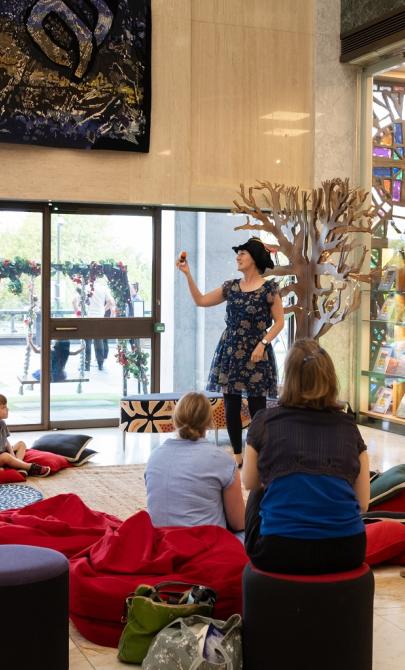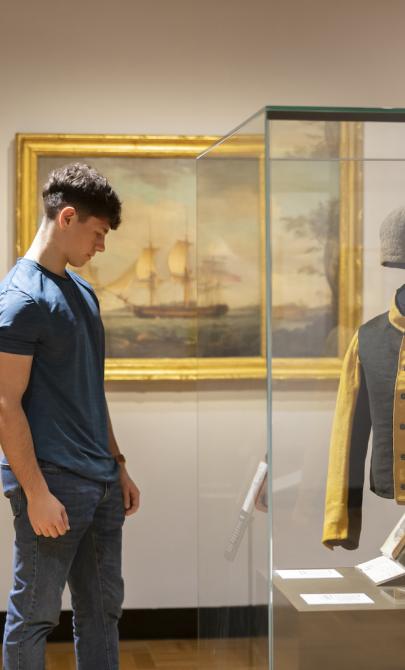Environments, innovations and horticulture
Polynesian environments
A closer look reveals that there is a wide variety of islands, of different sizes and shapes, and with several factors that influence the nature, distribution and abundance of natural resources available across the Pacific.
The age of an island, its surrounding seascape (be it a reef or lagoon) and the geological process that resulted in the island’s formation will influence the environmental conditions.
Polynesian seafarers encountered diverse environments depending on their landing sites. Larger islands like Aotearoa (New Zealand) offered abundant terrestrial resources, such as fresh water and moa birds, unlike smaller atolls. However, Aotearoa’s temperate climate limited the cultivation of traditional Polynesian crops. Except for Aotearoa, most Polynesian islands had few edible terrestrial species, with fruit bats as the largest endemic mammals. Birds were the primary terrestrial resources, as edible plants were scarce. Marine resources, such as fish and shellfish from lagoons or reefs, provided the main protein sources, as evidenced by fishhooks and abundant fish and shellfish remains in archaeological records.
Early settlements were strategically located near coasts, close to fresh water sources and marine resources. Pristine environments offered abundant marine resources to pioneering groups, as these habitats remained unexploited before their arrival.
Cultural adaptations
Polynesians developed strategies to complement available natural resources and ensure the sustainability of new settlements on previously uninhabited islands. Over time, cultural practices evolved to support sufficient food production for growing populations.
Resource introduction
Expeditions to settle new territories used canoes to transport essential resources. Archaeological evidence from early sites across Polynesia includes remains of introduced animals, such as pigs, chickens, dogs, and rats, previously absent from these islands. Settlers also introduced key plant resources, including:
- Taro
- Sweet potato
- Breadfruit
These “transported landscapes” were established through new arrivals and exchanges, creating sustainable environments for thriving communities.
Agricultural innovations
Settlers combined agriculture and domesticated animals to develop sustainable horticultural systems, leveraging fertile volcanic soils. Adaptation strategies included:
- Terracing and Irrigation: Valley bottoms and hillsides were modified with terraced fields and canalized streams, creating irrigated pondfields for taro cultivation.
- Field Systems: In drier regions, such as parts of Hawaii and Aotearoa, field systems supported crops like sweet potato and breadfruit. Sweet potato, likely introduced from South America through Polynesian voyaging, became essential in several areas.
- Pit Cultivation: On constrained atolls, Polynesians dug large pits into coral to access the freshwater table for growing taro and bananas.
- Rock Mulch Gardens: In Aotearoa and Rapa Nui (Easter Island), settlers mixed broken rock into soil to enhance nutrient levels for taro and sweet potato cultivation.
Social and cultural impacts
As populations grew, food production systems intensified over the past millennium. These systems became intertwined with political and religious activities, contributing to social hierarchies and conflicts in regions like Aotearoa, the Society Islands, and Hawaii. For example:
- In Mangaia (Cook Islands), taro cultivation was central to ideological relationships between the paramount chief and the god Rongo.
- In Hawaii, large stone temples (heiau) were built for rituals overseeing cultivation and tribute collection.
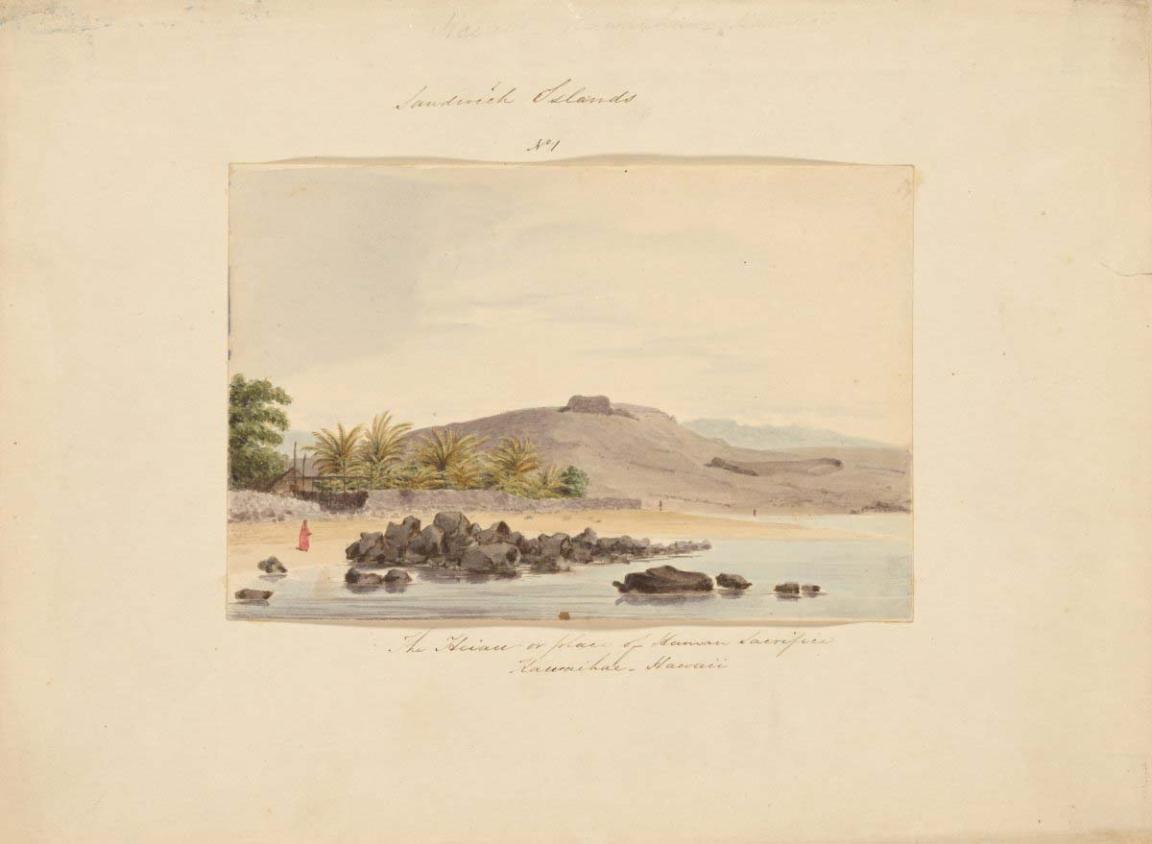
James Gay Sawkins, The heiau or place of human sacrifice, Kawaihae, Hawaii, 1855, nla.gov.au/nla.obj-134661044
James Gay Sawkins, The heiau or place of human sacrifice, Kawaihae, Hawaii, 1855, nla.gov.au/nla.obj-134661044
Environmental consequences
Human settlement in Polynesia significantly altered fragile island environments. Hunting and resource exploitation reduced or eliminated populations of endemic and indigenous species. Across Polynesia, declines in birds, sea mammals, fish, and shellfish followed human arrival, as evidenced by archaeological records.
In Aotearoa (New Zealand), the temperate climate restricted cultivation of most Polynesian crops, except sweet potato. As a result, settlers relied heavily on hunting and marine resources for their diet. Flightless birds known as moa were intensively hunted, with butchery mounds containing large quantities of moa bones and eggshells. At Wairau Bar, one of Aotearoa’s earliest inhabited sites and possibly a founding settlement, archaeologists excavated remains of approximately 12,000 birds. Human activities, including hunting, fires, and the introduction of exotic species like rats, led to the extinction of moa within a few centuries.
Landscape changes
Repeated forest clearance and burning for swidden agriculture transformed large areas into savanna-like grasslands on islands such as Rapa Nui, Mangareva, Mangaia, Futuna, and Aotearoa. Vegetation removal for gardening exposed sloping land to erosion, leading to landscape degradation and increased sedimentation in downhill areas.
On Rapa Nui, palaeoenvironmental evidence indicates a historical palm forest, contrasting with the island’s current treeless landscape. The causes and timing of deforestation remain debated. No conclusive evidence supports a cultural or ecological collapse before European contact. Instead, a combination of factors likely contributed to the loss of palm trees, including:
- Human activities (for example, clearing for agriculture)
- Impact of introduced rats
- Climatic conditions, such as droughts and El Niño events
Learning activities
Activity 1: Comparing environments
Choose two islands or areas from different parts of the Polynesian Triangle.
- How are their landscapes and ecosystems similar or different?
- How might these differences affect daily life, food production, and access to resources?
- What environmental challenges do people face in each location (e.g. cyclones, volcanoes)?
Activity 2: Environmental change and its effects
The transition from palm forest to grasslands on Rapa Nui has often been used to demonstrate how ecological collapse can lead to the collapse of an organised society despite speculation remaining about what happened on Rapa Nui prior to European contact. Nevertheless, civilisations and communities rely on the land around them for survival.
- Explore how changes to the environment can affect societies.
- Consider natural changes (for example, rising sea levels, droughts) and human impacts (like deforestation, introduced species).
- What might happen if a community's environment changes suddenly?
- Compare this with other examples, such as environmental changes discussed in The Decline of the Khmer Empire.
Activity 3: Environmental change and its effects
The islands of Polynesia are considered as one of the world’s biodiversity hot spots with many species of flora and fauna found nowhere else, thanks to the remote nature of many of Polynesia’s islands.
- Have students research a species unique to the Polynesian region (extinct or extant) and create a species profile. This could include a mapping exercise showing the extent of its habitat, migration patterns, food chain, conservation status (if extinct, theories of its decline), breeding habits, and more.
About Dr Mathieu Leclerc

Dr Mathieu Leclerc is Lecturer in Archaeology at the School of Archaeology & Anthropology at the Australian National University. He has written several academic publications on archaeology in Oceania and was the lead editor of "Archaeologies of Island Melanesia". In parallel to archaeology he is working on the development of non-traditional research outputs to help bridge the gap between academia and the general public.
Learn more about Dr Mathieu Leclerc and his research.
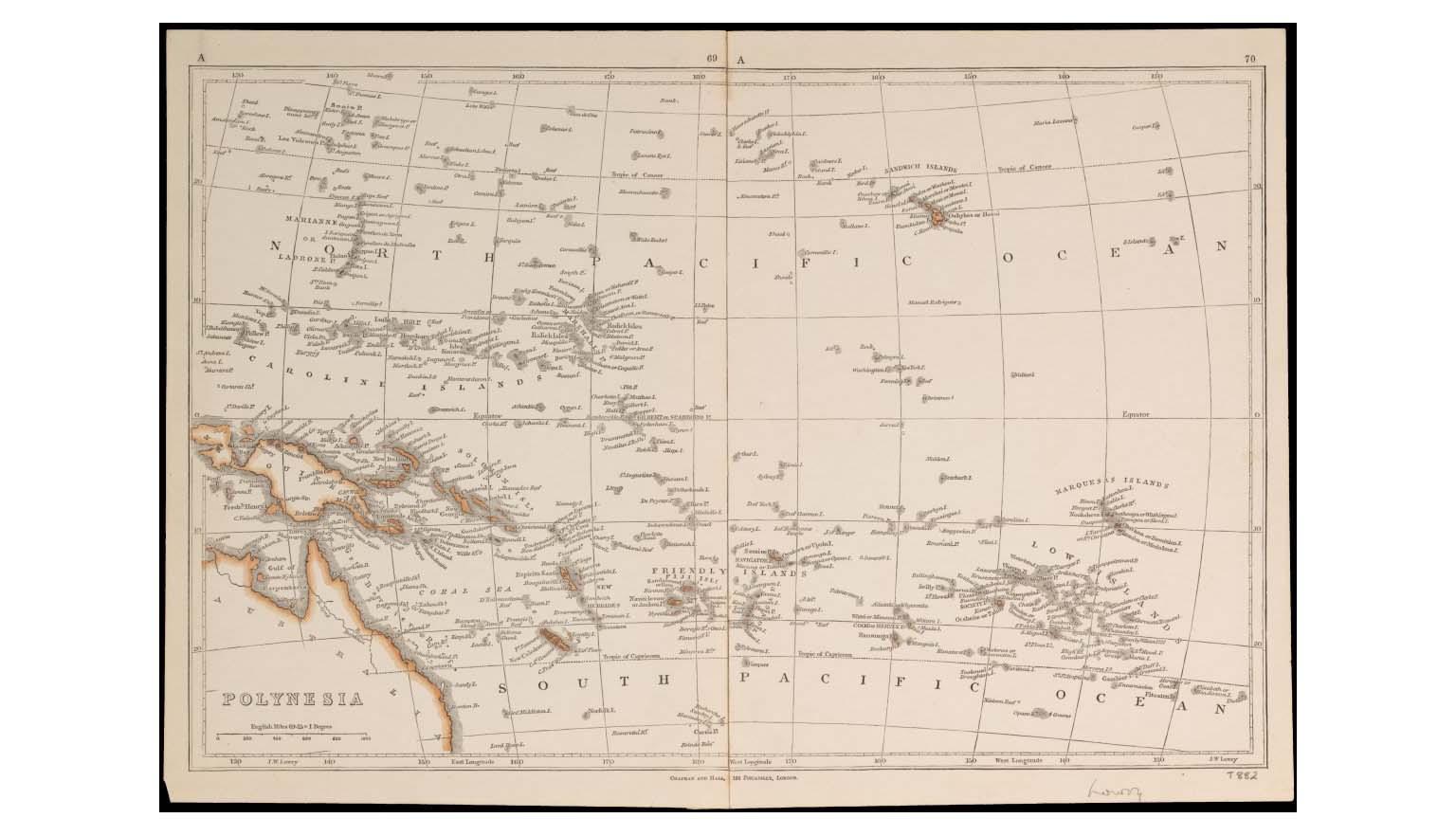
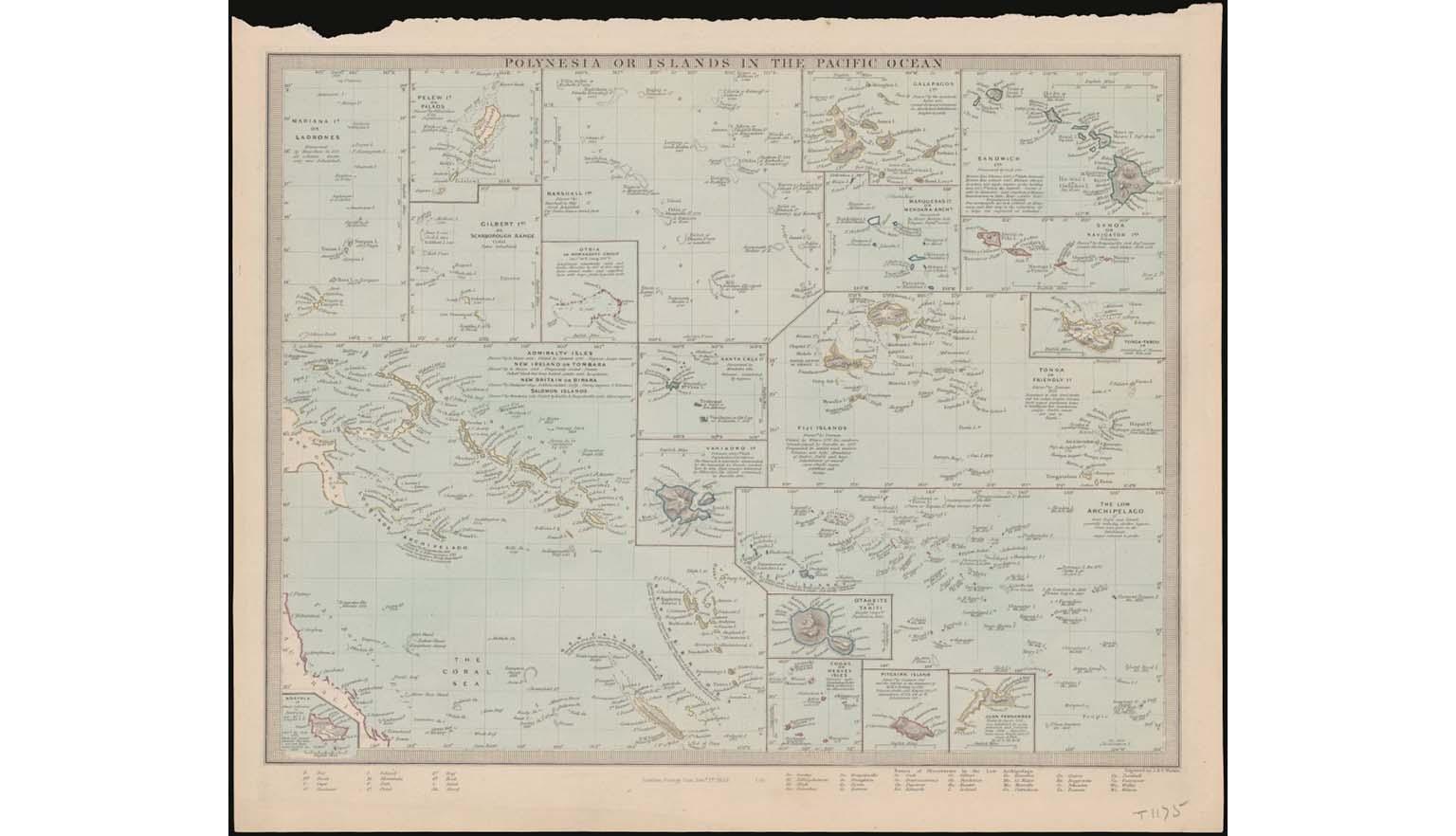
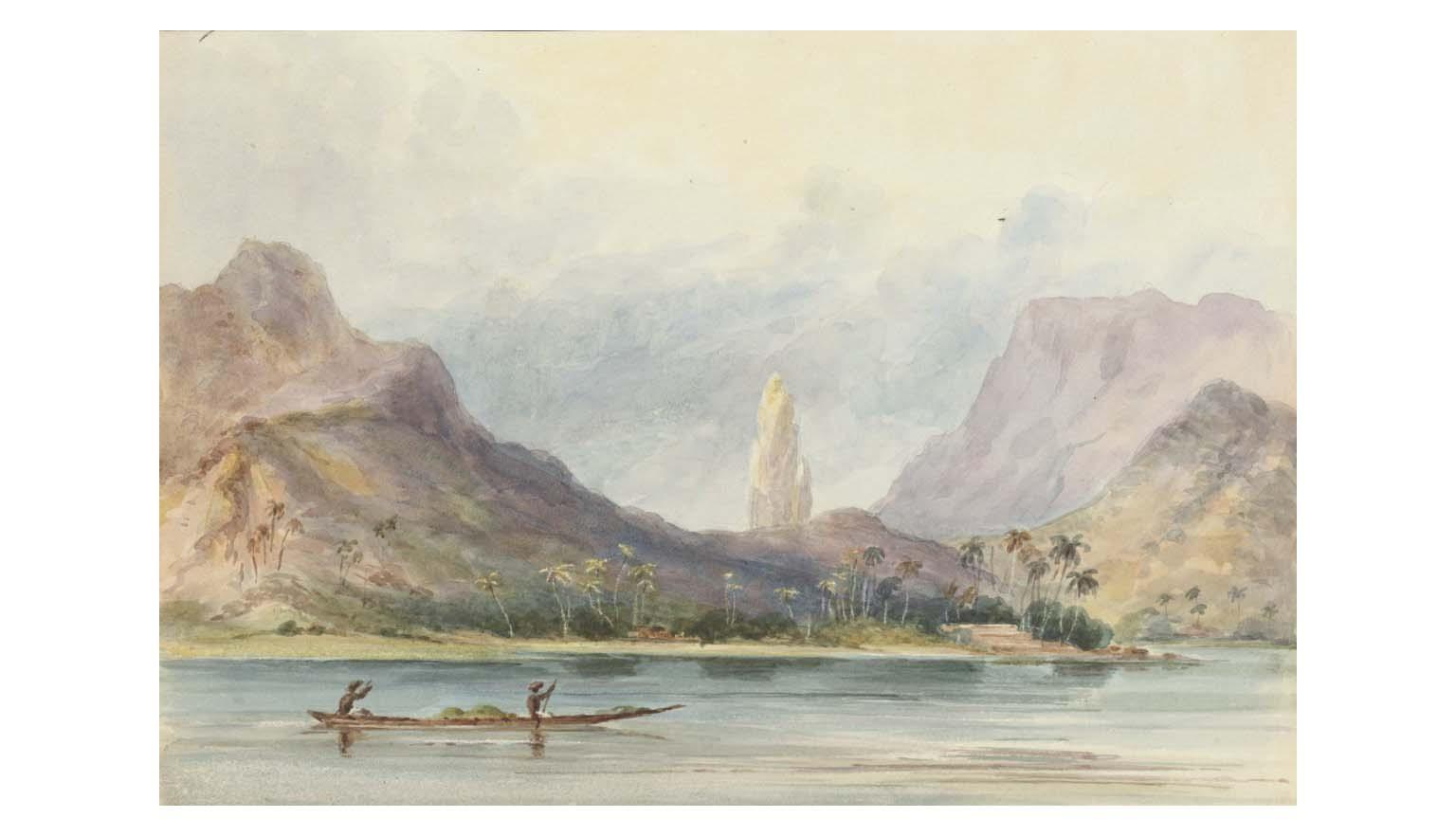
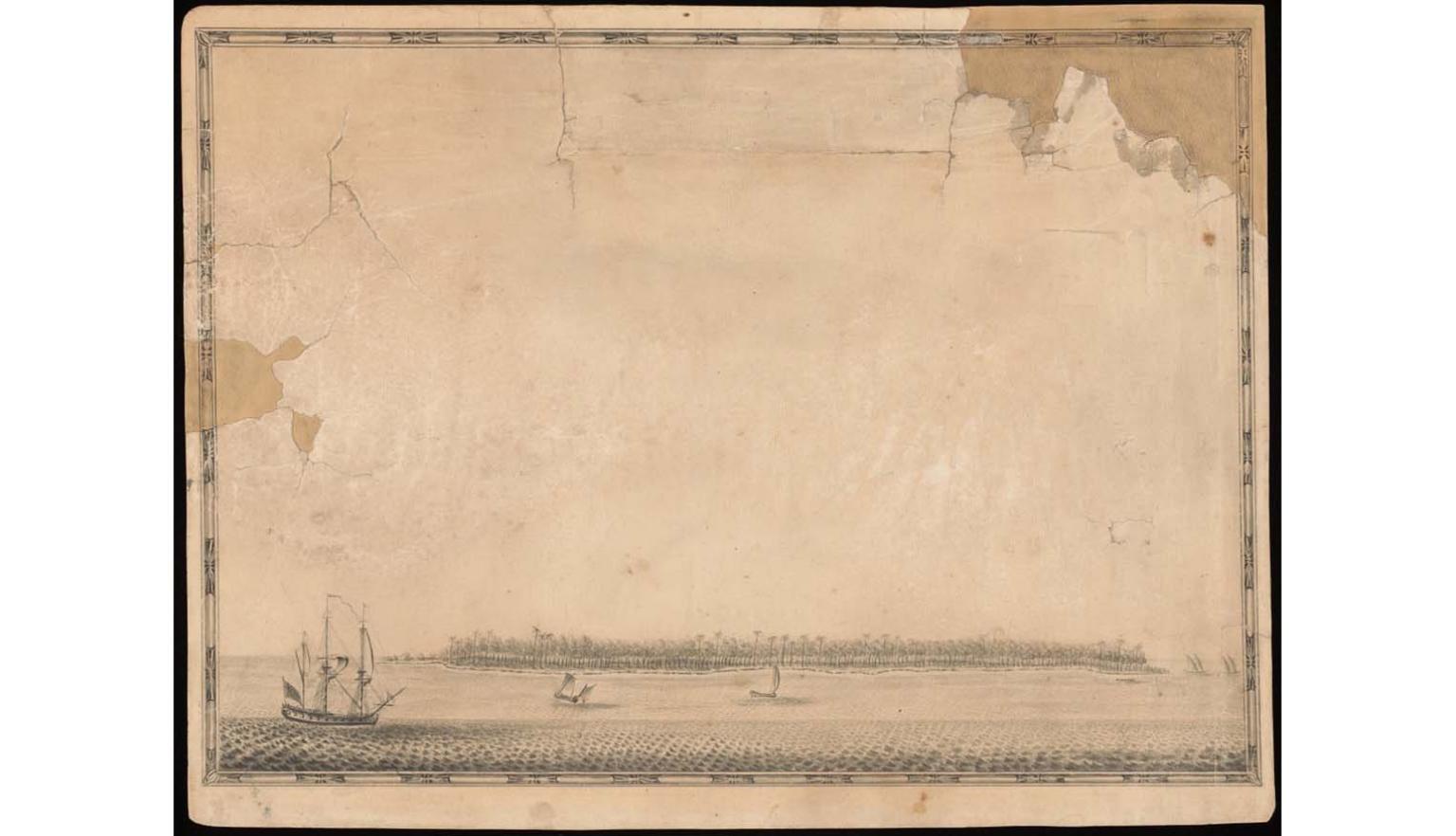
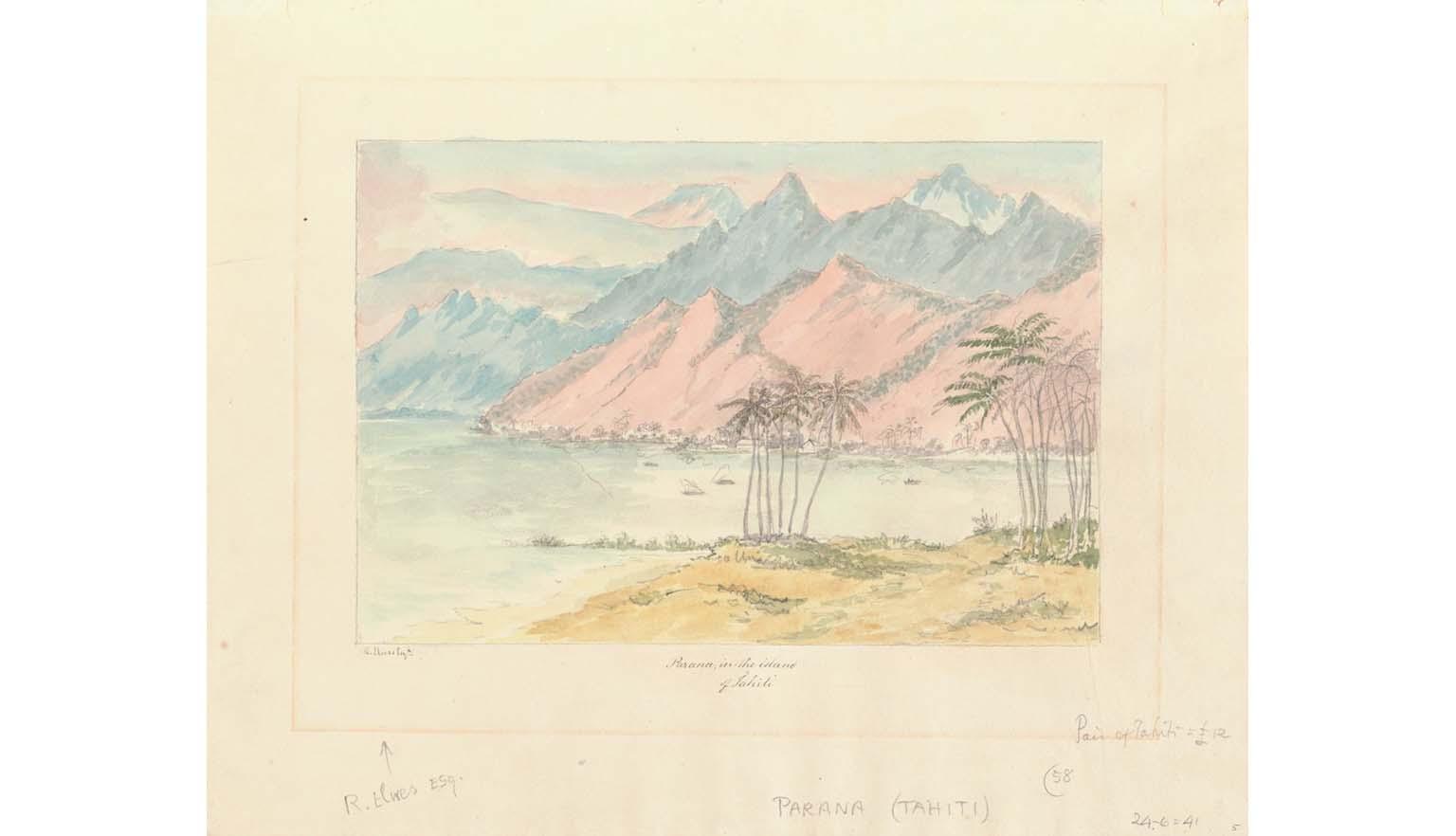
![A sepia toned photograph mounted in a photo album. The photograph shoes a museum installation. The exhibition is of three giant bird skeletons, Moa. Two smaller specimins flank a central giant specimen. The central skeleton is almost double the height of the smaller ones, almost reaching the roof. The skeletons are surrounded by other exhibitions including (presumably) Moa eggs, a diorama with the lable 'Volcanic System of Ruaphehu & Tong[a]', and sacks used by sailors. There are maps on the wall.](https://www.library.gov.au/sites/default/files/styles/media_carousel/public/images/2024-10/collection-picture-moa-skeletons-richards-co-nla-obj-140661464-carousel.jpg?h=e9fe5cfc&itok=ooyvXQch)
